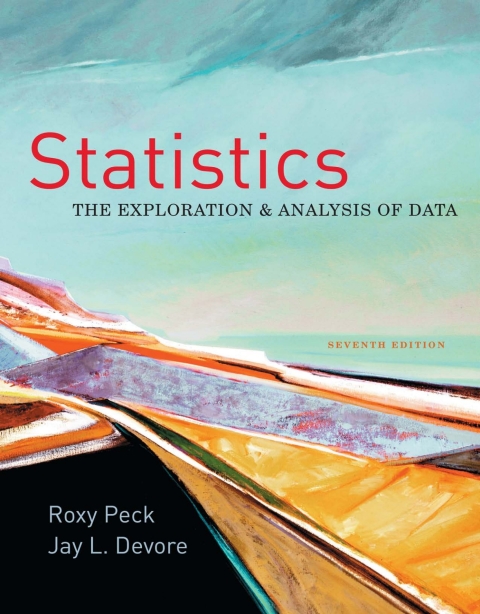In many digital environments, users are allowed to choose how they are represented visually online. Does how
Question:
In many digital environments, users are allowed to choose how they are represented visually online. Does how people are represented online affect online behavior? This question was examined by the authors of the paper “The Proteus Effect: The Effect of Transformed Self-Representation on Behavior” (Human Communication Research [2007]: 271–290). Participants were randomly assigned either an attractive avatar (a graphical image that represents a person) to represent them or an unattractive avatar.
a. The researchers concluded that when interacting with a person of the opposite gender in an online virtual environment, those assigned an attractive avatar moved significantly closer to the other person than those who had been assigned an unattractive avatar. This difference was attributed to the attractiveness of the avatar. Explain why the researchers would not have been able to reach this conclusion if participants had been allowed to choose one of the two avatars (attractive, unattractive) to represent them online.
b. Construct a diagram to represent the underlying structure of this experiment.
Step by Step Answer:

Statistics The Exploration And Analysis Of Data
ISBN: 9781133171744
007th Edition
Authors: Roxy Peck, Ay L Devore






